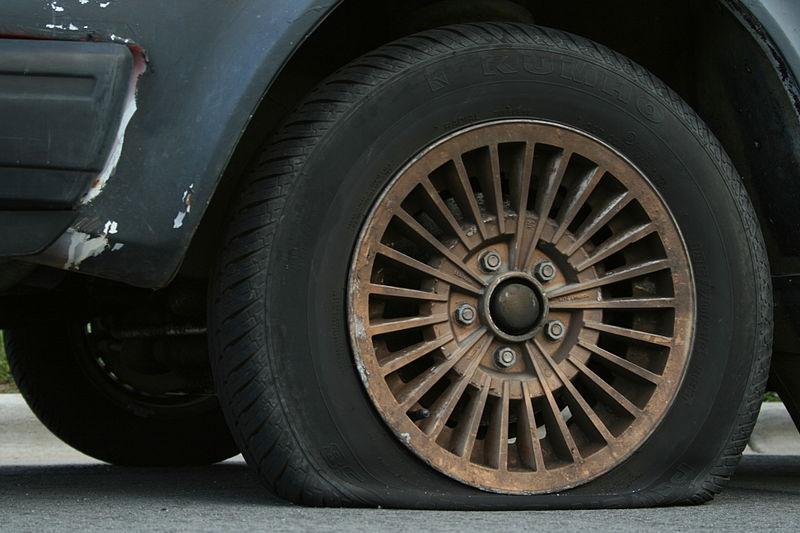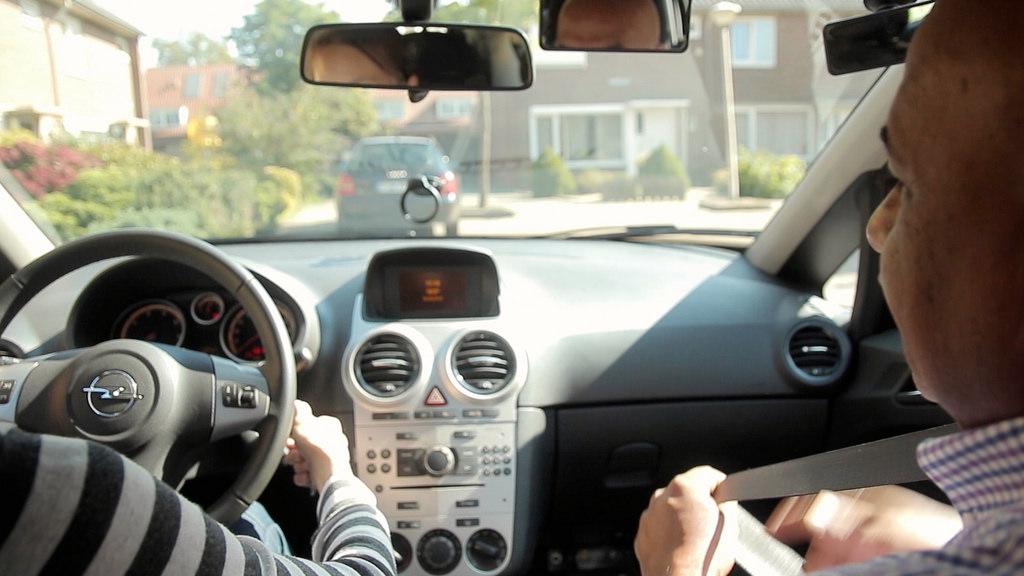Aside from property, cars are the most expensive things you’re ever likely to purchase. Obviously though, it isn’t a simple one-off payment at the dealer’s lot. Owning and operating a car carries a slew of different expenses with it. Fuel, insurance, repairs, and dozens of other things can all be a major drain on your personal finances. Simply being able to drive costs us thousands a year, and like many people you may be noticing the pinch! Fortunately, there are many strategies you can apply after you’ve bought your car to shave down these ongoing costs. Here are some of the most effective ones.
From Flickr
First of all, drive sensibly. I’m not saying this just because speeding, rapid acceleration and aggressive driving all increase the risk of accidents, although that’s a pretty good reason in itself! These kind of bad habits are also a great way to waste gas. When you’re getting up to highway speeds, driving aggressively can reduce your gas mileage by up to 33%, and 5% when you’re driving on more mellow, urban roads. If you can wean yourself off of certain aggressive driving habits, you’ll notice a significant difference in the amount you have to spend on fuel. Most drivers in the states can stand to save between 13 and 89 cents on the gallon like this.
Next, if you have cruise control, set it to 50mph wherever possible. By and large, your gas mileage will dip when your speed goes over 50mph. Keeping this speed as your cruise control cap is one of the simplest methods of reducing the cost of driving. Every 5mph you drive over 50 will cost you an extra 20 cents per gallon of gas, according to various studies at the Oak Ridge National Laboratory. If you’ve usually been driving at 60mph on the highway, and set your cruise control to 50mph, then this could save you $198 or more per year.
Aside from aggressive driving habits, you should also try to get yourself out of the habit of idling. Many people aren’t aware of the amount of fuel that idling uses up. In many cars, idling can use a quarter to half a gallon of fuel per hour. On the other hand, restarting your vehicle and getting it moving will only use up seconds worth of fuel. This tip applies both for when your car is waiting in a long queue at some lights, and when it’s just sitting there on your driveway. Like a lot of us, you may be in the habit of starting your car and leaving it idling on the driveway to warm it up during the winter. Instead, start it up straight away, and drive around slowly for around for a few seconds. The engine will warm up faster when it’s being driven, and you’ll be able to turn the heater on sooner. Avoid idling wherever it’s practical, and you’ll save a pretty substantial amount over time.

From Wikimedia
Keeping your tyres well inflated will also do a lot to help you save money on gas. I know it can be a hassle to do this on top of your routine fill-up, but the savings are well worth it. Just don’t take the recommended pressure on the tire’s sidewall. Instead, look at the car for a guide. Generally speaking, you can find the right pressure level on a sticker in the driver’s side doorjamb. On other cars, it’s in the glovebox. You can also find an accurate guide in your owner’s manual. To make sure you’re staying on top of it, get yourself a mobile pressure gauge and set yourself reminders to check the pressure around once a month. Most tires lose about two pounds of pressure a month. Even if your car has a pressure monitoring system, it’s good to get your own gauge and take your own measurements. These kinds of systems usually only tell you when a tire has lost five pounds of pressure. This causes your fuel mileage to drop significantly. Aside from that, keeping your tires at the right pressure will reduce your chances of a blowout while driving. These are not only very expensive, but can be extremely dangerous as well!
Aside from your fuel and maintenance, your car insurance is another major drain on your finances. The simplest possible way to mitigate this is simply by shopping around. A very small proportion of Americans actually went to the trouble of comparing different insurers before choosing one to go with. This is something you need to do if you’re looking to cut the cost of driving. Depending on the policies available to you, it may also be worth looking into a separate breakdown service, such as Carefree Auto. Although this costs a little more on top of your premium, it can do a lot to mitigate the burden of routine maintenance and repairs. Whatever you have in the way of cover, it’s pretty likely that there’s a better option out there. Start looking around!
If you’re a particularly careful driver, then you may want to find a policy that includes a black box. There are many insurers these days who offer substantial discounts for drivers who will let them install this device in their car, which monitors their driving habits. Provided you don’t have any dangerous tendencies, you can save up to 30% on your premium.
Finally, consider looking for “bundled” insurance policies. You’ve probably heard all about these from the ads. Many insurance companies will offer you discounts if you insure both your house and car with them. This will only shave off around 10% a year. However, with all these other habits, it will really add up in the long run. Remember though, just because you’ve found a good-looking bundle deal doesn’t mean that it’s the best one available to you. Always make sure that you’re scouring the market properly, and doing the maths to find out what will save you more in the long run. I’m sure you don’t want to buy a policy only to find out you’ve screwed yourself out of a much better deal!

